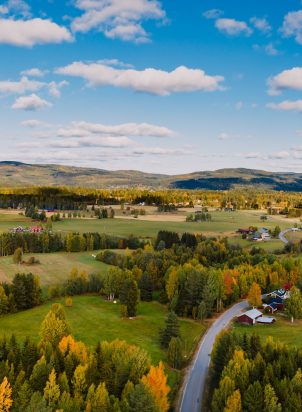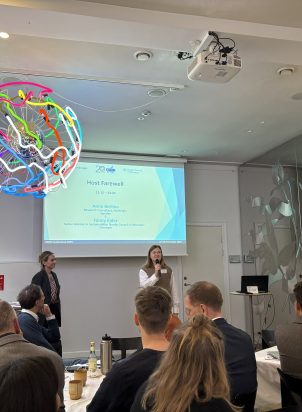Overall, the population of the Arctic is projected to change only a little in the foreseeable future. However, there will be considerable variation in growth rates among the Arctic regions: Alaska, Yukon, Nunavut, Iceland, Troms, Khanty-Mansiy Autonomous Okrug and Chukotka Autonomous Okrug are projected to experience a substantial population increase of more than 10%. Kainuu in Finland, Karelia, Komi, Arkhangelsk, Murmansk, and Magadan in Russia are projected to have population reductions of more than 5% each.
In addition, global population growth has had and will continue to have a profound impact on the Arctic and its population. Rapid population growth is a major contributor to global warming – which is occurring much faster in most of the Arctic than anywhere else.
While the populations of some Arctic regions are projected to grow and others are projected to decline, there are some common demographic trends which are expected to take place in nearly all. Ageing: In common with many countries and regions in the developed world, the populations of the Arctic region are projected to age in the future. Sex ratios: Arctic regions have typically had a rather higher ratio of men to women, which are now projected to decline. Urbanisation: It appears that the population size in many smaller Arctic settlements will decline, and some may even be abandoned, while much of the growth will be concentrated in larger settlements – in some cases, just one large settlement.
Nordregio publishes a Working Paper on Polar Peoples in the Future: Projections of the Arctic Populations and a short Executive summary.



